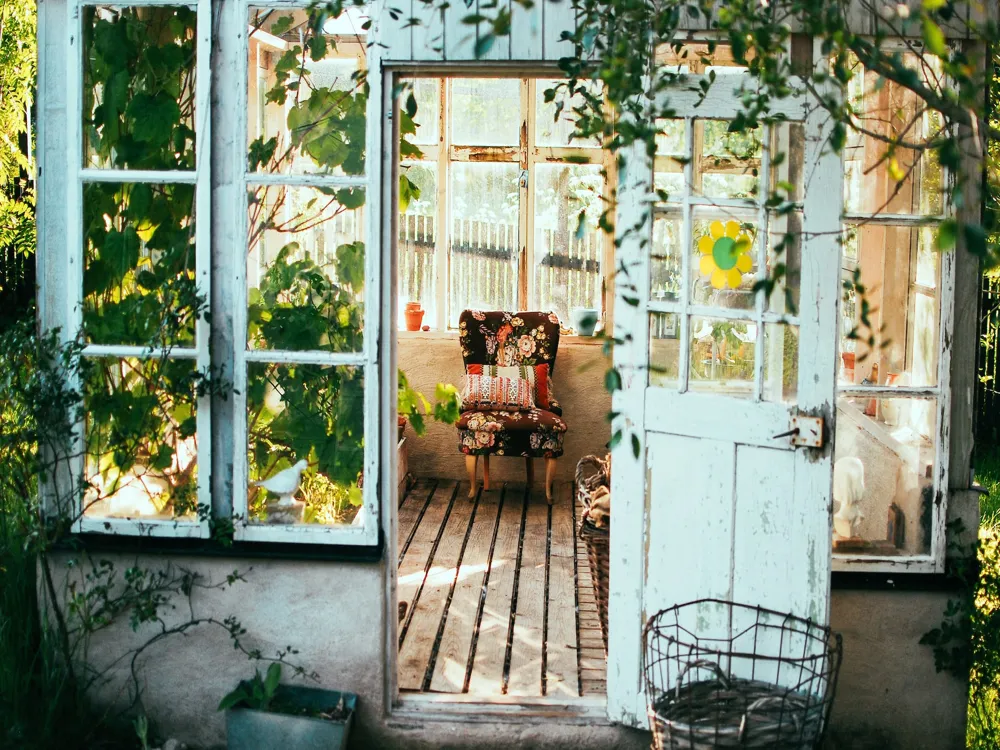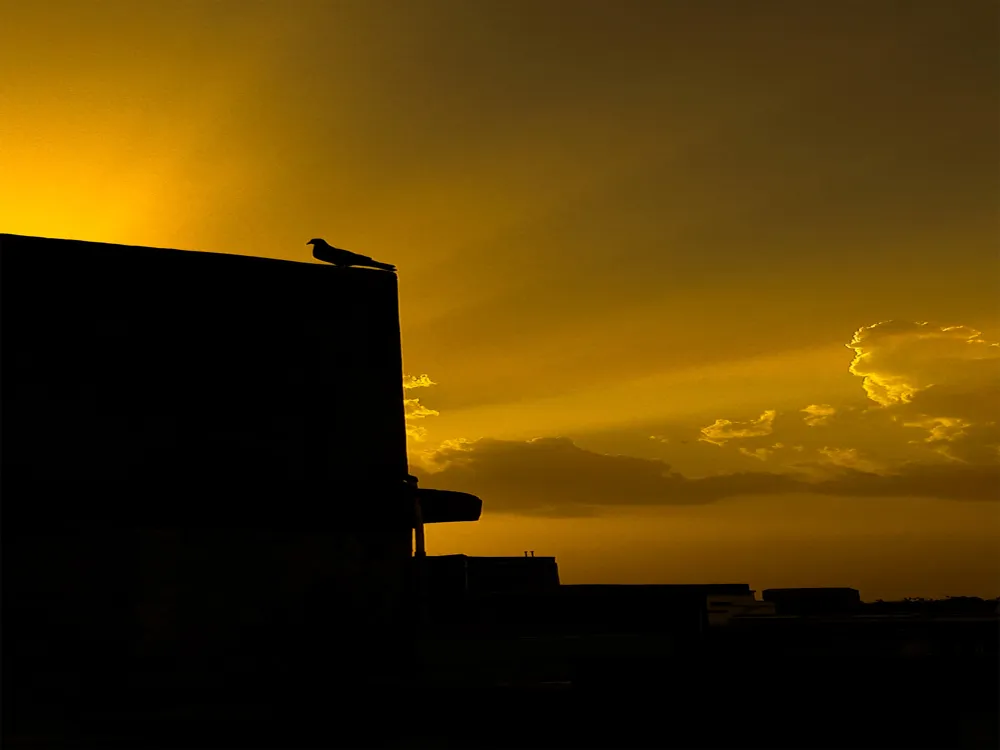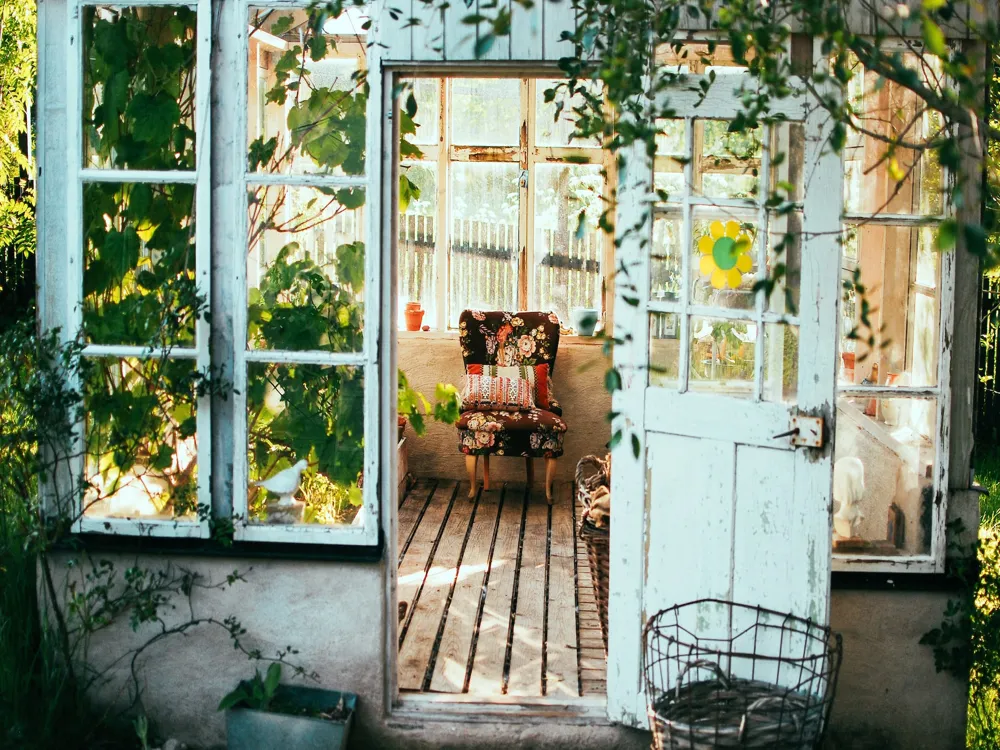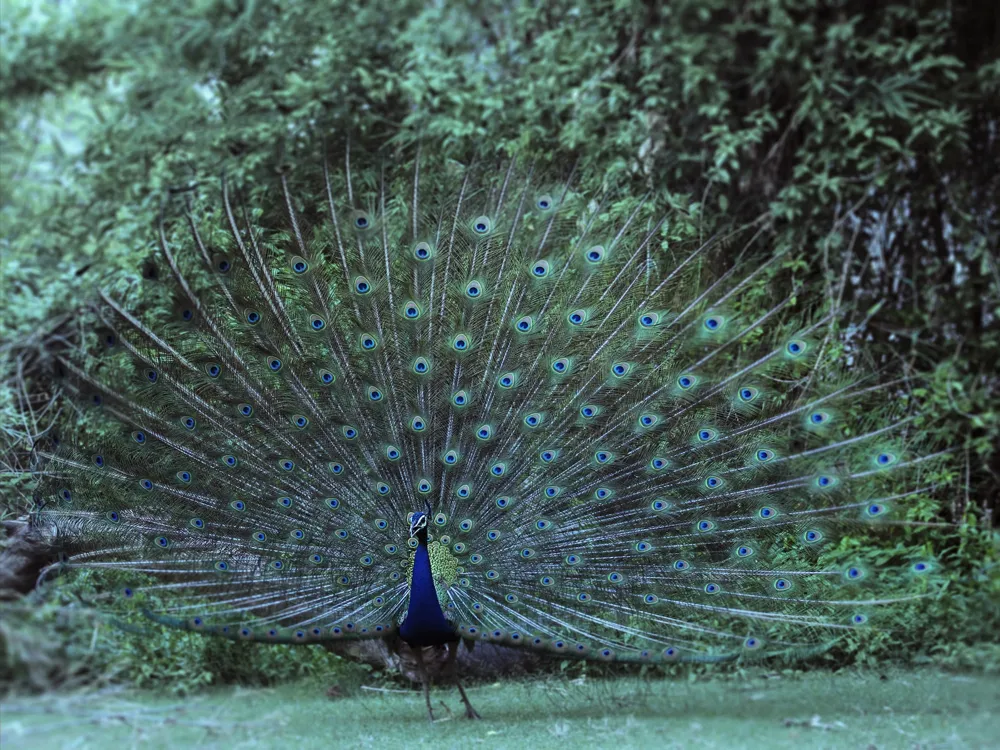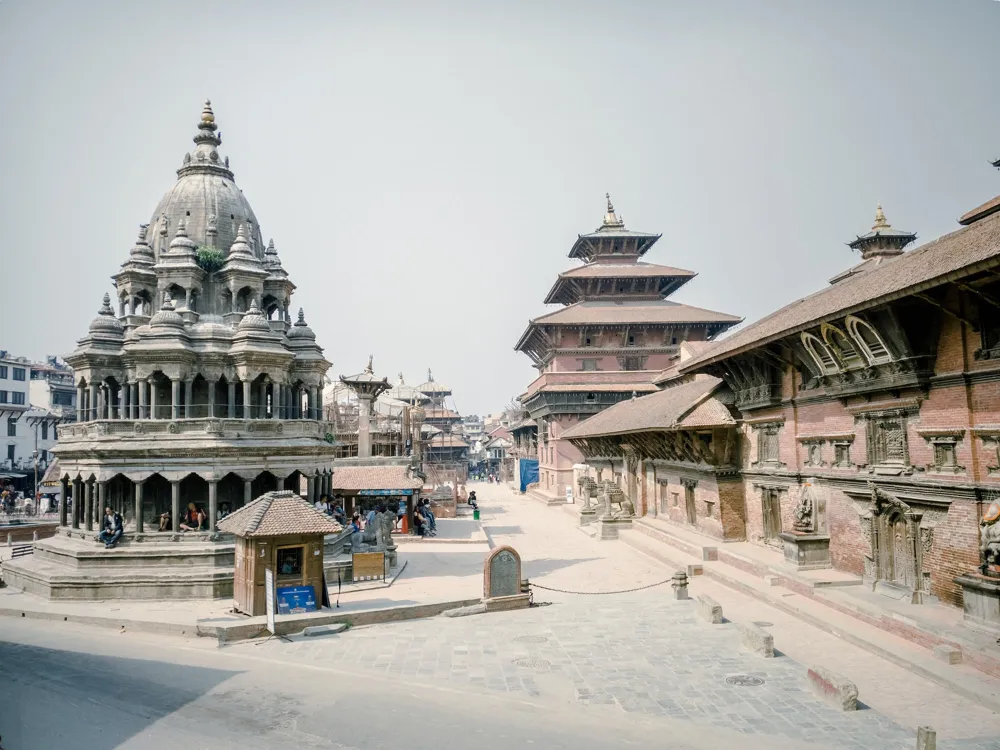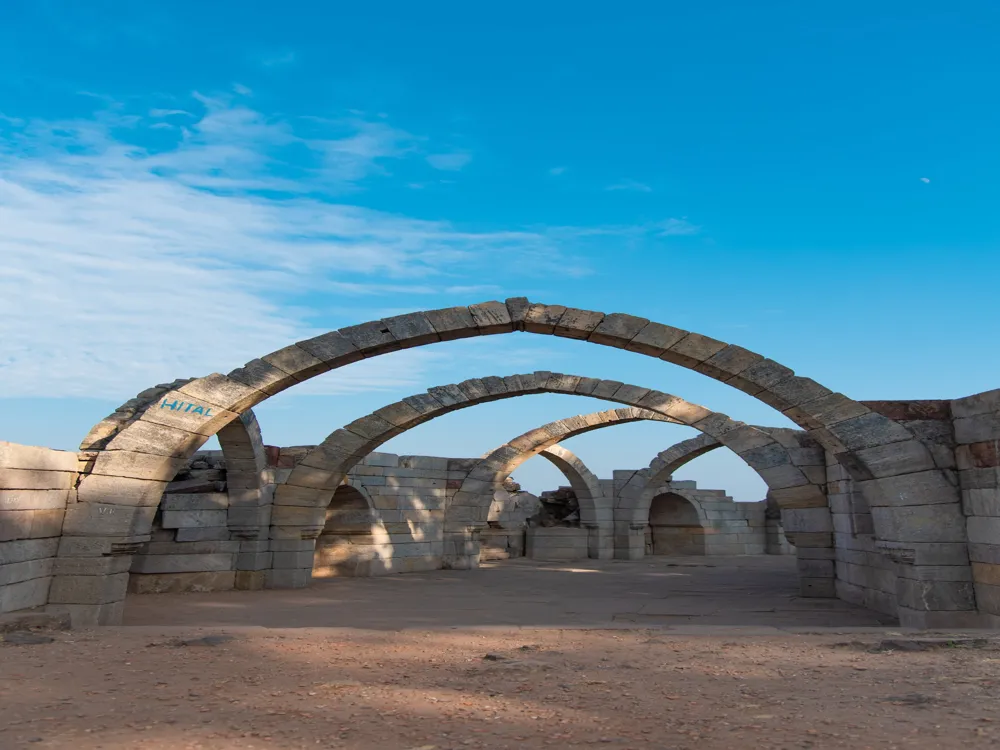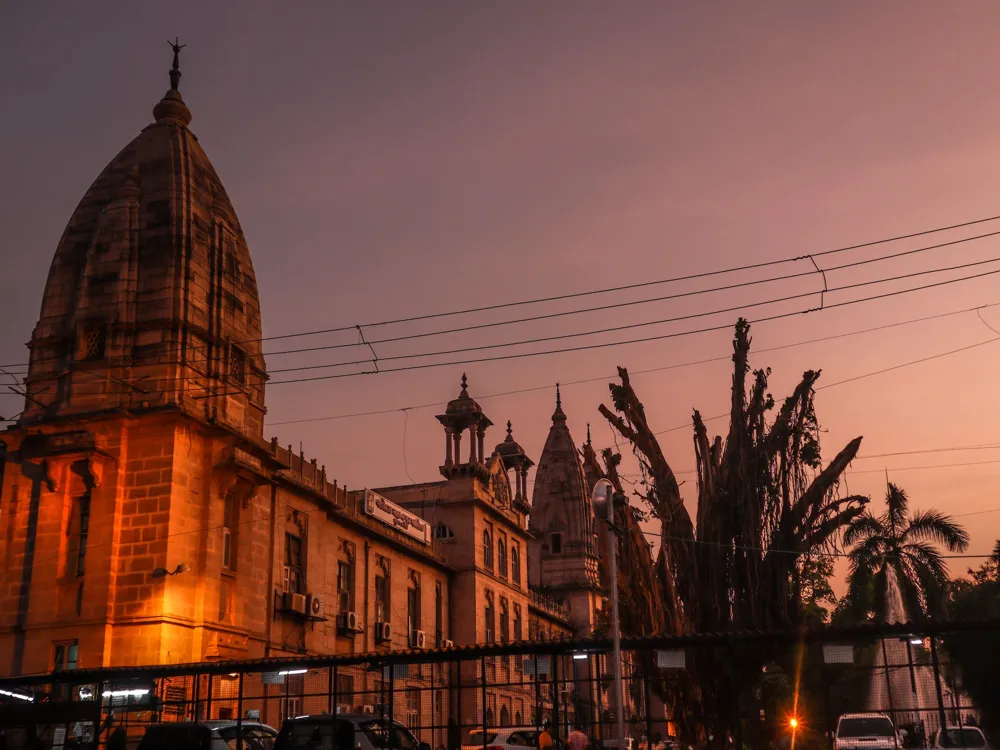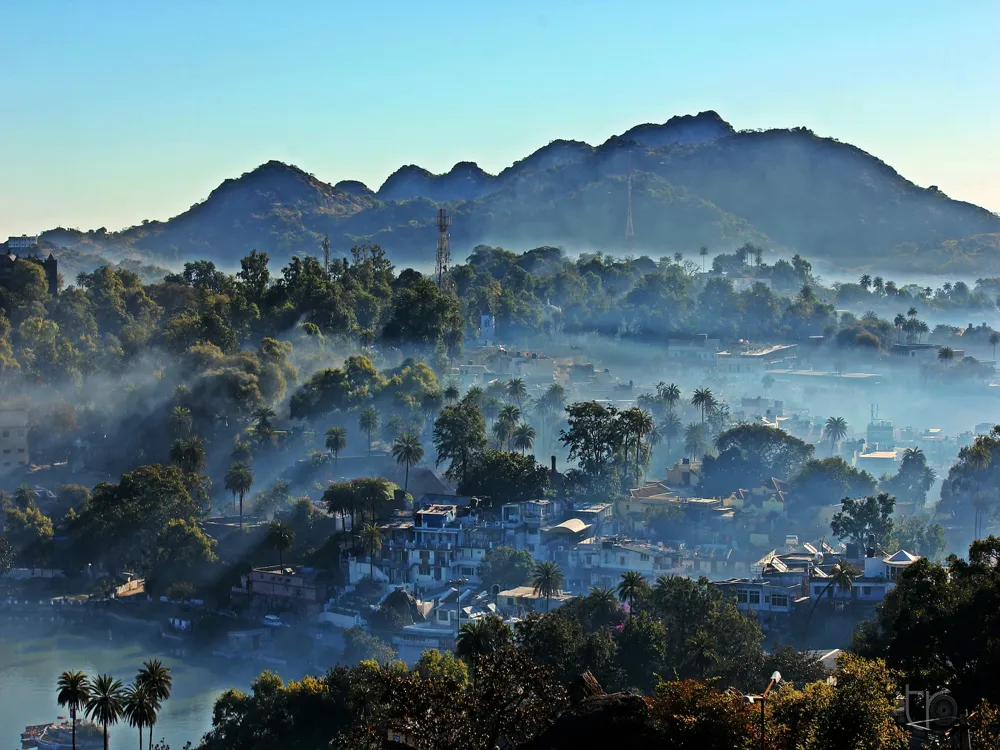Nestled in the heart of Gujarat, the Nalsarovar Bird Sanctuary stands as a testament to the splendor of nature and the importance of conservation. Spread over an area of approximately 120 square kilometers, it is one of the largest wetland bird sanctuaries in India. This sanctuary, located near Ahmedabad, offers a haven for a myriad of bird species, both native and migratory. Every year, thousands of bird enthusiasts and nature lovers are drawn to Nalsarovar to witness the spectacular avian life in its natural habitat. The sanctuary's landscape is a mosaic of shallow waters and marshlands, providing an ideal environment for birds. The wetland ecosystem supports a diverse range of flora and fauna, making it a vital ecological zone. The sanctuary is renowned for its large flocks of flamingos, pelicans, and various species of ducks and waders. The sight of these birds taking flight at dawn is truly mesmerizing and a photographer's delight. Aside from the avian population, Nalsarovar is also home to a variety of other wildlife. It provides a sanctuary for many species of fish, insects, and amphibians. The plant life in the sanctuary is equally rich, featuring a variety of aquatic and semi-aquatic plants. This vibrant ecosystem plays a crucial role in maintaining the ecological balance of the region and serves as an important research and education site for wildlife conservation. The history of Nalsarovar Bird Sanctuary dates back centuries. It has been a significant spot for the local communities, serving as a source of livelihood and a sacred place due to its natural beauty and biodiversity. Over the years, it has gained immense importance as a conservation site, drawing attention from various international wildlife organizations. The sanctuary's management employs sustainable practices to preserve this natural wonder for future generations. Visitors to Nalsarovar can enjoy boat rides, which offer a unique perspective on the sanctuary and its inhabitants. The boatmen, often local villagers, are well-versed in the sanctuary’s geography and can guide visitors to the best spots for bird watching. The serene environment, coupled with the chorus of bird calls, creates an unforgettable experience. Nalsarovar is not just a tourist destination; it's an emblem of ecological significance and a source of inspiration for conservation efforts worldwide. The architecture of Nalsarovar Bird Sanctuary is a blend of natural beauty and human intervention designed to enhance the experience of visiting this magnificent habitat. The layout and structures within the sanctuary are thoughtfully designed to offer visitors an immersive nature experience while ensuring minimal disturbance to the wildlife. Upon entering the sanctuary, visitors are greeted by the Information Center. This building, designed with eco-friendly materials, serves as an introduction to the sanctuary. It features informative displays, maps, and exhibits about the birds and wildlife in Nalsarovar. The architecture of the center incorporates traditional Gujarati design elements, reflecting the local culture and heritage. The walking trails and viewing platforms are strategically placed to offer optimal views of the birds and the wetland. These structures are built with natural materials like wood and stone, blending seamlessly into the landscape. The viewing platforms are elevated to provide an unobstructed view while ensuring that the natural habitat of the birds is not disturbed. One of the key architectural features in Nalsarovar is the series of bird hides. These are camouflaged shelters that allow birdwatchers and photographers to observe and capture images of the birds without being seen. The bird hides are designed to mimic the surrounding environment, with careful consideration given to their placement to ensure they do not disrupt the bird's natural activities. The sanctuary also includes a research center, where scientists and conservationists study the local ecology. This center is equipped with modern facilities, yet its design is in harmony with the natural surroundings. The use of sustainable building practices and renewable energy sources in the sanctuary's architecture underscores the commitment to environmental conservation. In conclusion, the architecture of Nalsarovar Bird Sanctuary is a testament to the fusion of ecological sensitivity and functional design. It not only facilitates a deeper understanding and appreciation of the natural world but also plays a critical role in the conservation and study of the region's unique biodiversity. The ideal time to visit Nalsarovar Bird Sanctuary is from November to February. During these months, the weather is pleasant, and the sanctuary is home to a large number of migratory birds. Visitors should bring binoculars for bird watching, a camera for photography, comfortable walking shoes, and sun protection. Carrying a water bottle and some snacks is also recommended. Opt for guided tours or boat rides led by local experts. They can provide valuable insights about the birds and the best spots for bird watching. It's crucial to respect the sanctuary's environment. Avoid littering, keep noise to a minimum, and follow the designated paths to ensure the wildlife is not disturbed. Check the sanctuary's rules and regulations before your visit. Staying informed about the dos and don'ts ensures a safe and enjoyable experience for everyone. Nalsarovar Bird Sanctuary is easily accessible from Ahmedabad, which is well-connected by road, rail, and air. The sanctuary is about 64 kilometers from Ahmedabad city and can be reached by private vehicles or taxis. For those who prefer public transport, there are buses available from Ahmedabad to Nalsarovar. The journey offers a scenic drive through the beautiful countryside of Gujarat, making the trip to the sanctuary an experience in itself. Read More:Overview of Nalsarovar Bird Sanctuary in Ahmedabad, Gujarat
The architecture of Nalsarovar Bird Sanctuary
Tips When Visiting Nalsarovar Bird Sanctuary
Best Time to Visit
What to Bring
Guided Tours
Respect the Environment
Stay Informed
How To Reach Nalsarovar Bird Sanctuary
Nalsarovar Bird Sanctuary
Ahmedabad
Gujarat
NaN onwards
View ahmedabad Packages
Weather :
Tags : Bird Sanctuary
Timings : Monday to Sunday: 6:00 AM - 5:30 PM
Entry Fees : Weekdays: INR 75 for Adults, INR 30 for Children (INR 200 for Cameras)
Weekends: INR 85 for Adults, INR 40 for Children (INR 200 for Cameras)
Boat Riding Charges : Ranging from INR 220 (for 1 person) to INR 1320 (for 7 persons)
Planning a Trip? Ask Your Question
Ahmedabad Travel Packages
View All Packages For Ahmedabad
Top Hotel Collections for Ahmedabad

Private Pool

Luxury Hotels

5-Star Hotels

Pet Friendly
Top Hotels Near Ahmedabad
Other Top Ranking Places In Ahmedabad
View All Places To Visit In ahmedabad
Faq on Ahmedabad
What is Nalsarovar Bird Sanctuary in Ahmedabad famous for?
Nalsarovar Bird Sanctuary in Ahmedabad is renowned for being a haven for migratory birds, especially during the winter season. It's home to a diverse range of avian species.
How far is Nalsarovar Bird Sanctuary from Ahmedabad city center?
Nalsarovar Bird Sanctuary is approximately 65 kilometers away from Ahmedabad city center, making it a convenient day trip destination for bird enthusiasts and nature lovers.
What is the best time to visit Nalsarovar Bird Sanctuary in Ahmedabad?
The best time to visit Nalsarovar Bird Sanctuary in Ahmedabad is during the winter months, from November to February. This is when migratory birds flock to the sanctuary, offering visitors a spectacular sight.
Are there boating facilities available at Nalsarovar Bird Sanctuary?
Yes, visitors can enjoy boating at Nalsarovar Bird Sanctuary. There are paddle boats available for rent, allowing visitors to explore the tranquil waters and observe the birds from close quarters.
What are the entry fees for Nalsarovar Bird Sanctuary in Ahmedabad?
The entry fees for Nalsarovar Bird Sanctuary vary for different categories of visitors. It is advisable to check the latest fee structure before planning your visit. Typically, there are separate fees for entry, parking, and boating.
View ahmedabad Packages
Weather :
Tags : Bird Sanctuary
Timings : Monday to Sunday: 6:00 AM - 5:30 PM
Entry Fees : Weekdays: INR 75 for Adults, INR 30 for Children (INR 200 for Cameras)
Weekends: INR 85 for Adults, INR 40 for Children (INR 200 for Cameras)
Boat Riding Charges : Ranging from INR 220 (for 1 person) to INR 1320 (for 7 persons)
Planning a Trip? Ask Your Question
Ahmedabad Travel Packages
View All Packages For Ahmedabad
Top Hotel Collections for Ahmedabad

Private Pool

Luxury Hotels

5-Star Hotels

Pet Friendly
Top Hotels Near Ahmedabad
Other Top Ranking Places In Ahmedabad
View All Places To Visit In ahmedabadFaq on Ahmedabad
What is Nalsarovar Bird Sanctuary in Ahmedabad famous for?
Nalsarovar Bird Sanctuary in Ahmedabad is renowned for being a haven for migratory birds, especially during the winter season. It's home to a diverse range of avian species.
How far is Nalsarovar Bird Sanctuary from Ahmedabad city center?
Nalsarovar Bird Sanctuary is approximately 65 kilometers away from Ahmedabad city center, making it a convenient day trip destination for bird enthusiasts and nature lovers.
What is the best time to visit Nalsarovar Bird Sanctuary in Ahmedabad?
The best time to visit Nalsarovar Bird Sanctuary in Ahmedabad is during the winter months, from November to February. This is when migratory birds flock to the sanctuary, offering visitors a spectacular sight.
Are there boating facilities available at Nalsarovar Bird Sanctuary?
Yes, visitors can enjoy boating at Nalsarovar Bird Sanctuary. There are paddle boats available for rent, allowing visitors to explore the tranquil waters and observe the birds from close quarters.
What are the entry fees for Nalsarovar Bird Sanctuary in Ahmedabad?
The entry fees for Nalsarovar Bird Sanctuary vary for different categories of visitors. It is advisable to check the latest fee structure before planning your visit. Typically, there are separate fees for entry, parking, and boating.








